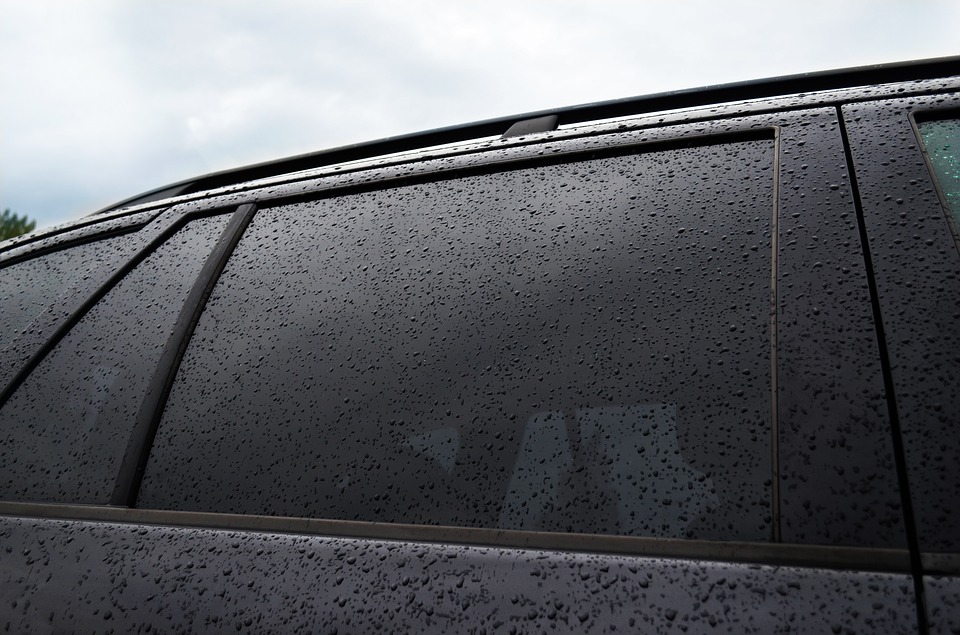Tinting the windows in your vehicle can be a great way to add personality and increase your privacy. Plus, tinted windows tend to help your vehicle stay cooler and help prevent fading and cracking of interior materials. Before you have your windows tinted, though, it’s important to keep a few factors in mind so that the job turns out just as you envisioned.

Which Windows to Tint
One of the first decisions you’ll need to make when you decide to tint your windows is to determine which windows you want to tint. If you’re aiming more for privacy than for looks, then you may opt to only tint rear windows, especially if you have an SUV or a minivan. This provides privacy and sun protection for passengers while still providing a clear view for the driver.
How Dark to Make the Tint
Another decision you’ll need to make is how dark to make the tint. Tinting is measured in visible light transmission, which is a measurement of how much visible light can pass through your vehicle’s windows. Typically, window tinting can be selected in ten-percent increments, up to the legal tinting limit. Even a visible light transmission percentage of 90% can still provide basic protection for your vehicle’s interior.
Tinting Material
If you’ve never had your vehicle’s windows tinted before, you probably don’t realize that there are multiple tinting materials available. Dyed films, ceramic films, and carbon films are three types of commonly used tinting materials. Each of these options has its own pros and cons, meaning that it’s a good idea to discuss your needs with a tinting expert before you make a final decision.
Local Regulations
A crucial factor to consider as you think about tinting your windows is any local regulations that apply to window tinting. Most cities have specific limits of tinting that you cannot exceed. This is largely to protect police officers if they have to pull someone over and need to see inside the vehicle. Plus, a tint that’s too dark could make it more difficult to drive at night.
Speaking of driving at night, all of your tinting considerations should be filtered through the lens of night driving. When it’s dark outside, tinting, even light tinting, can reduce the available light and thus make it more difficult to see. Therefore, if you do a lot of night driving, it’s best to stick with light window tinting so that you don’t obstruct your view.
To subscribe to our posts, enter your email into the subscription box to the right if you are on a desktop computer and at the bottom of the page if you are on mobile. You can also follow us on Instagram @highperformancejunkies
Do you have a suggestion on something you want us to cover? Let us know through our contact us page
Other articles you may be interested in:
minor car scratch repair | deep scratch and key marks repair guide | low oil pressure causes | car start problems | engine hard to start troubleshooting
